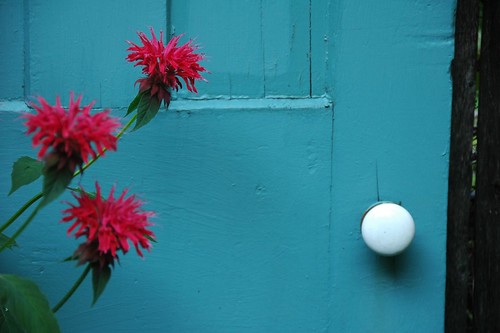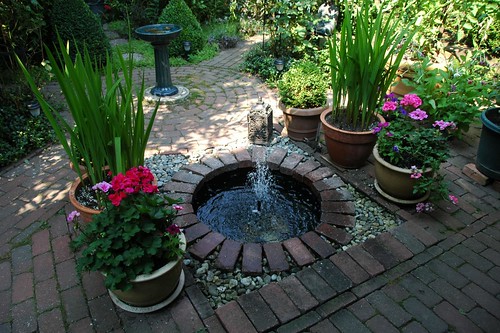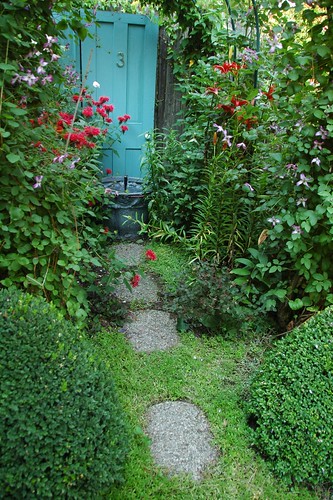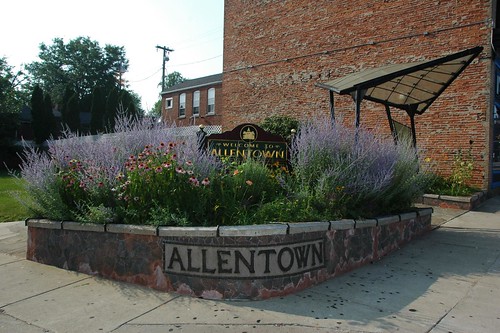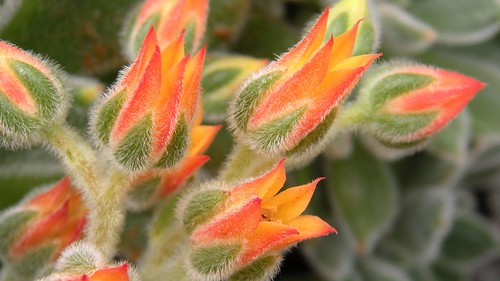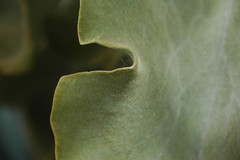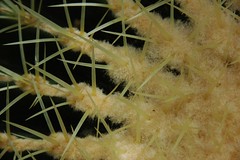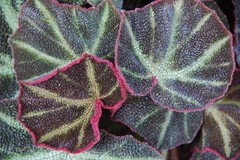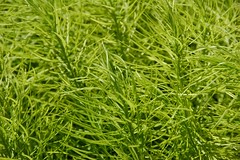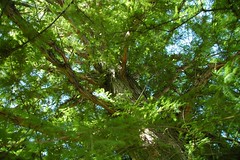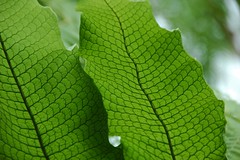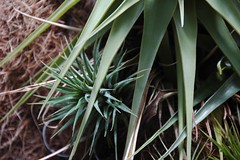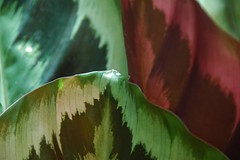Native Rhododendrons blooming in BBG’s Native Flora Garden, May, 2009

Press Release
Celebrating Our Backyard: Brooklyn Botanic Garden Presents Native Plant Month, July 2010
Brooklyn, NY—June 29, 2010—This spring, the results of a 20-year study of the flora of the New York metropolitan region by Brooklyn Botanic Garden (BBG) found many native species locally extinct or in precipitous decline. During the month of July, BBG will highlight the region’s native flora, displaying its beauty, explaining its importance, drawing attention to its plight, and providing simple ways to help in its restoration. BBG’s knowledgeable horticulturists and scientists will offer a behind-the-scenes look at the power of the native plant through field trips, workshops, and other insightful classes and lectures.
In 1911, the “Local Flora Section” was the first garden to open to the public at BBG. Since then, the Garden has maintained its commitment to the study and conservation of locally native plants, most recently through its multiyear New York Metropolitan Flora project (NYMF), in which nearly every species growing within a 50-mile radius of the city was cataloged and mapped. Many of the native plants in the study—which found a significant number of species in perilous decline—are propagated in the Native Flora Garden, as the Local Flora Section is known today, in an effort to conserve them.
JULY 2010: NATIVE PLANT MONTH PROGRAMMING AT BBG
TALK: Bringing Nature Home
Thursday, July 8 | 6:30 p.m.With as many as 33,000 species imperiled in the U.S. alone, it is clear that citizens must change their approach to gardening and landscaping if they hope to share space with other living things. Join ecologist and author Doug Tallamy to learn about the key role native flora must play in the restoration of our landscapes. Only by supporting a large, healthy diversity of insects that coevolved with native plants can we keep herbivores in balance and gardens aesthetically pleasing. Fee required; advance registration is recommended but seats may be available at the door. Call 718-623-7220 or go to bbg.org/classregistration.
CURATOR’S TOUR: The Native Flora Garden with Uli Lorimer
Thursday, July 8 | 5–6 p.m.Limited space: register now! Curator Uli Lorimer will lead this tour of BBG’s 99-year-old Native Flora Garden, which represents nine local plant communities, including the distinctive kettle pond and pine barrens habitats. Get behind-the-scenes insight into this extraordinary garden and how it has evolved since 1911. Learn about the visionary work of BBG’s founders in researching and documenting native plant life, both in the Garden and the greater metropolitan area. Fee and registration required; call 718-623-7220 or go to bbg.org/classregistration. Registration deadline: Wednesday, July 7.
FIELD TRIP: Native Plants and Restored Natural Areas: A Field Trip to Staten Island
Saturday, July 10 | 8:30 a.m.–2:30 p.m.
It turns out that the city’s smallest borough is big on natives! This day trip, led by restorationist Cindy Goulder, begins with a private guided tour of the Greenbelt Native Plant Center, the NYC Parks Department’s 13-acre nursery and greenhouses on Staten Island. See how hundreds of native plant species are propagated and grown from seed and learn principles underlying native plant cultivation. The Sweetbrook Stream and Wetland Restorations help recover the ecological health and function of urban waters, thanks to the indigenous wetland and upland plant species intentionally placed to increase local plant diversity and wildlife habitat. The Salt Marsh Restorations at Old Place Creek have reestablished many acres of tidal marshes after centuries of displacement by agricultural and industrial uses. Learn how invasive plants were removed and zones of marsh and maritime woody plants reintroduced to this estuarine community. Fee and registration required; call 718-623-7220 or go to bbg.org/classregistration. Registration deadline: Wednesday, July 7.
CLASS: Great Natives for Tough Places
Sunday, July 11 | 10 a.m.–12:30 p.m.Discover how to turn tough urban spaces into a natural haven! This workshop, led by garden designer Joan McDonald and based on the BBG handbook Great Natives for Tough Places, identifies gardening challenges caused by city buildings, impermeable surfaces, rainwater runoff, construction, and other disturbances that compact and degrade soil. Students will explore solutions with five spectacular designs using unusual native plants chosen for their ability to thrive in urban environments. Students will receive a copy of Great Natives for Tough Places. Fee and registration required; call 718-623-7220 or go to bbg.org/classregistration. Registration deadline: Thursday, July 8.
WORKSHOP: Gardening with Native Plants
Tuesday, July 13 | 6–9 p.m.
Why are native plants important, and which ones are best for a garden? What does “native” really mean, anyway? Explore these questions with native plant authority Uli Lorimer, curator of BBG’s Native Flora Garden and learn how a garden can reflect the region’s—even a densely populated urban region’s—spectacular natural environment. Fee and registration required; call 718-623-7220 or go to bbg.org/classregistration. Registration deadline: Monday, July 12.
CLASS: Edible Native Plants in Brooklyn
Saturday, July 18 | 2–5 p.m.Limited space: register now! Wild ginger, spicebush, fiddlehead ferns, wild leeks—these are just a few of the delicious vegetables and seasonings native to the region. Unlike conventional crops, many of the northeastern edible native plants are excellent for shade gardens, and most are perennials that will feed people year after year. Learn from local food specialist Leda Meredith which edible native plants will thrive in a garden and how to grow, harvest, and use them. Fee and registration required; call 718-623-7220 or go to bbg.org/classregistration. Registration deadline: Thursday, July 15.
Contact: Kate Blumm, Brooklyn Botanic Garden
718-623-7241 | kblumm@bbg.org
Prunus maritima, Beach Plum, blooming this past April in the Pine barrens section of BBG’s Native Flora Garden

[goo.gl]
Related Content
Where to begin?! Check out my Native Plants reference page, also available from the menu at the top of the blog.
